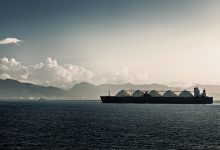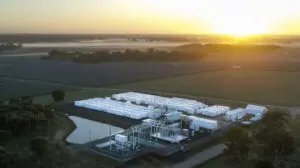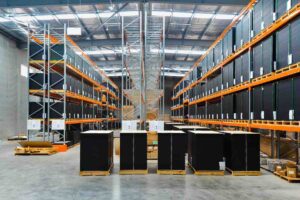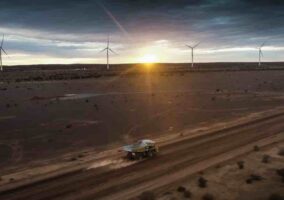The Queensland government owned Stanwell Corporation will lead a consortium of Australian and Japanese companies that will investigate the feasibility of a renewable hydrogen export facility to be located in Gladstone.
Stanwell will partner with the Japanese Iwatani Corporation, which will examine the feasibility of establishing a facility with the capacity to produce up to 36,500 tonnes of renewable hydrogen each year and to commence exporting the zero emissions fuel starting in 2026.
The project would form part of Stanwell and Iwatani’s plans to massively scale up production over the next decade, to produce as much as 328,500 tonnes each year to meet surging Japanese demand for renewable hydrogen.
The feasibility study has received backing from the Australian Renewable Energy Agency, which will chip $2.17 million towards the cost of the $10.4 million project.
ARENA CEO Darren Miller said the project could open up opportunities for Australia to establish itself as a leading exporter of zero emissions hydrogen.
“Stanwell’s study presents a significant opportunity to accelerate the development of export opportunities for renewable hydrogen in Australia and to work with a highly credible consortium from Japan that has the potential to deliver a large scale export project,” Miller said.
“Australia’s vast solar and wind resources and our proven ability to export energy products mean we are well placed to build a large-scale competitive hydrogen export industry in the future. Feasibility studies like this are a necessary and crucial step to build the case to attract the finance required for large impactful projects.”
The consortium, which was formed in December, includes Stanwell and the Iwatani Corporation and will be joined by Kansai Electric Power Corporation, Marubeni Corporation, Kawasaki Heavy Industries and APA Group, and secured additional funding from the Japanese Ministry of Economy, Trade and Industry.
APA Group CEO Rob Wheals said that a hydrogen export hub based in Queensland would be well placed to leverage the region’s abundance of high quality solar resources.
“Australia’s advantages in hydrogen are enormous and this project could be a game-changer in helping Queensland develop a hydrogen industry at scale,” Wheals said.
“Queensland has some of the best sun and wind resources in Australia, making it well placed to not only develop an export hydrogen supply chain, but demonstrate the benefits of unlocking green hydrogen in our regions.”
Stanwell has previously secured a location for a proposed 3,000MW renewable hydrogen production facility at Aldoga, just 20 km west of Gladstone, a project that Stanwell is developing in partnership with the Japanese Iwatani Corporation.
Japan is currently the largest buyer of both exported Australian gas and coal, but the Japanese government has committed to almost halve its greenhouse gas emissions by 2030, on the way to decarbonising its economy by 2050.
Japan has invested heavily in increasing the use of hydrogen in both its industry and transport systems and used the recent Tokyo Olympics to showcase a number of innovations in hydrogen fuel cell applications.
“Since hydrogen is widely expected to be an indispensable energy resource for the realisation of a zero-carbon society, the creation of a hydrogen supply chain, which includes transportation from overseas, is considered essential,” Iwantani said in a statement.
“Since the competition for the acquisition of CO2-free hydrogen sources has intensified globally, it is important to secure a low-cost power supply from renewable energy sources and export ports.”










